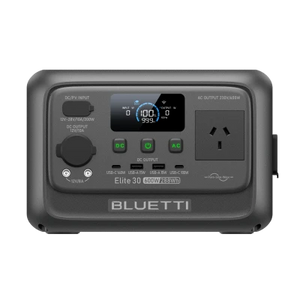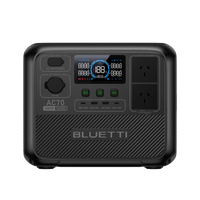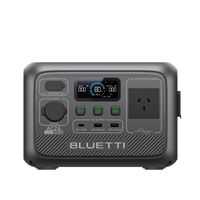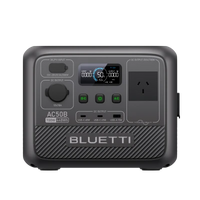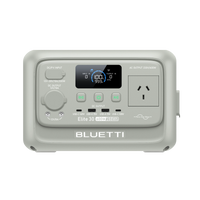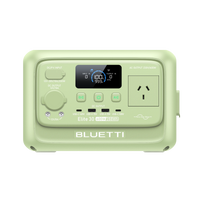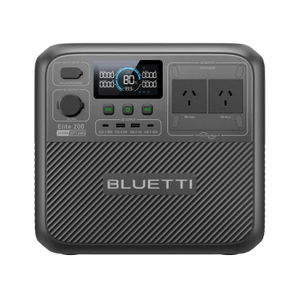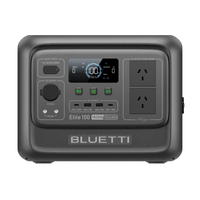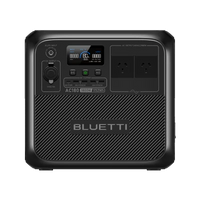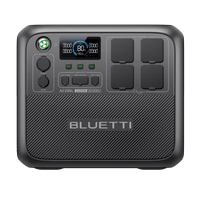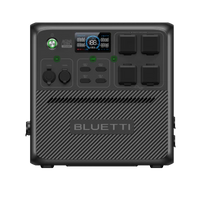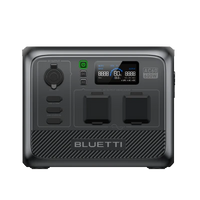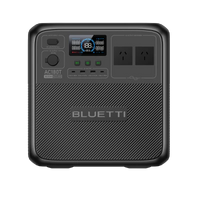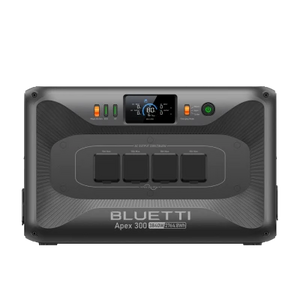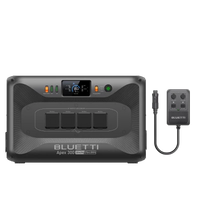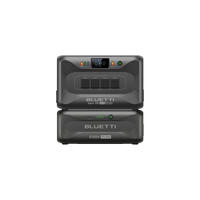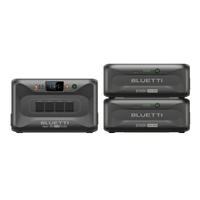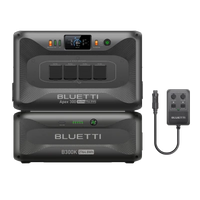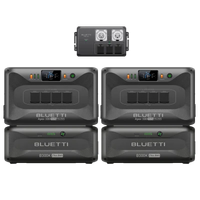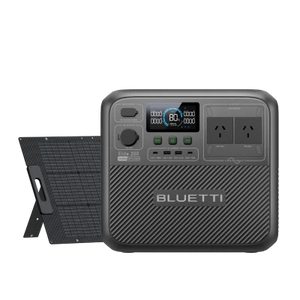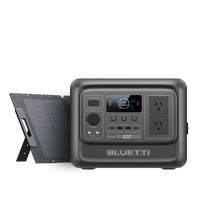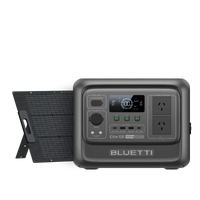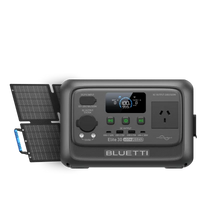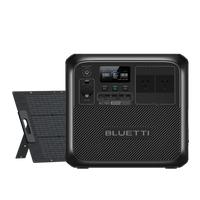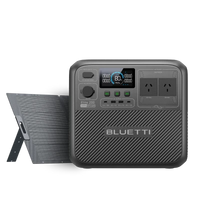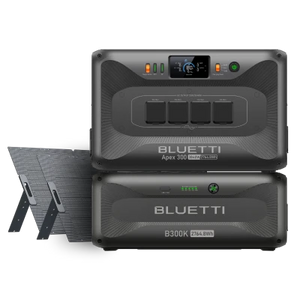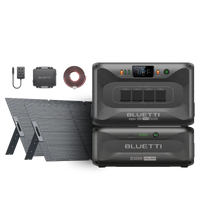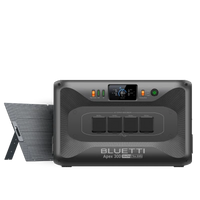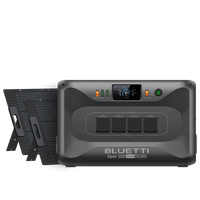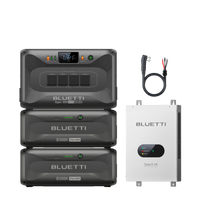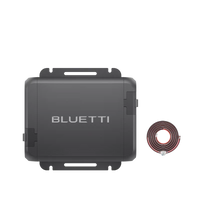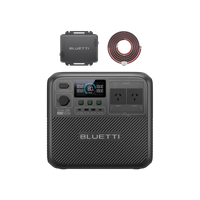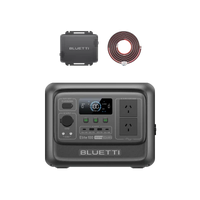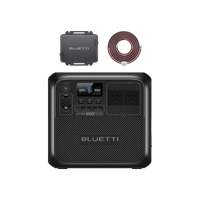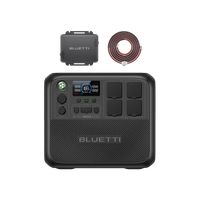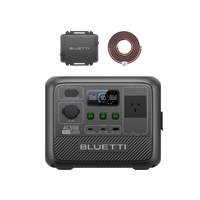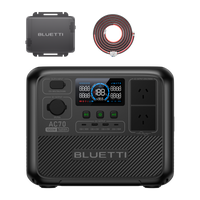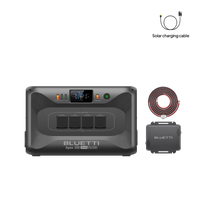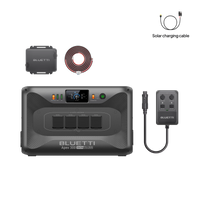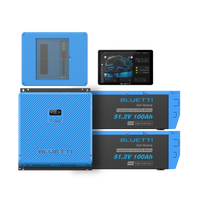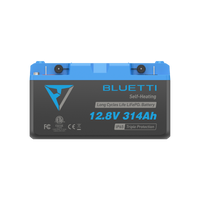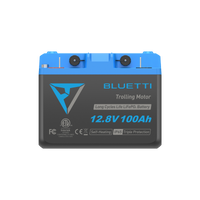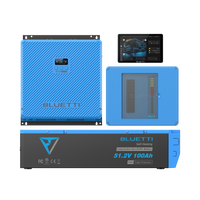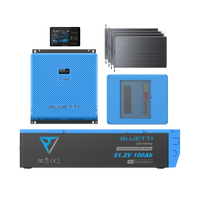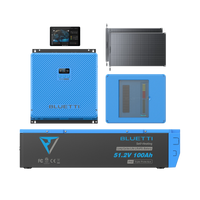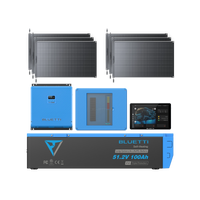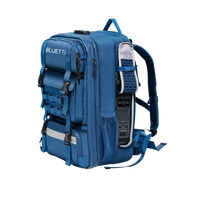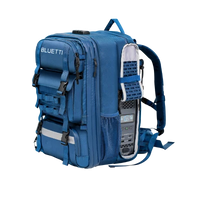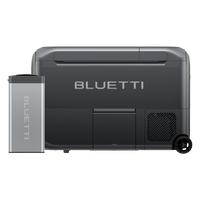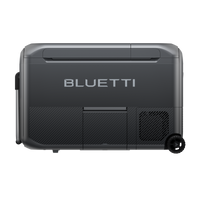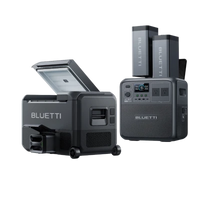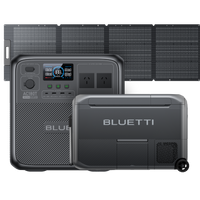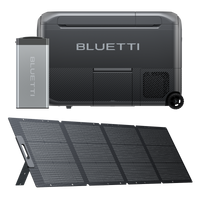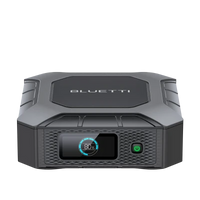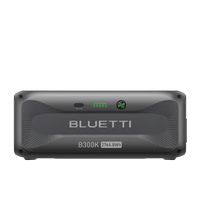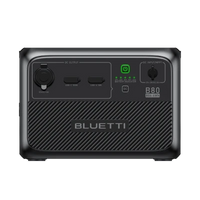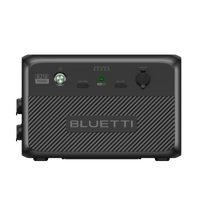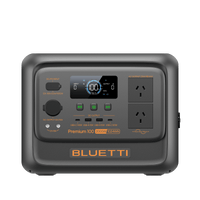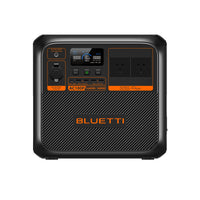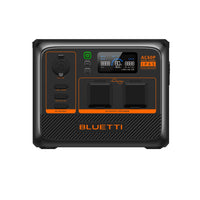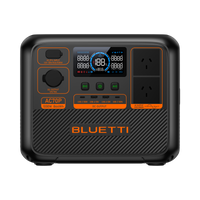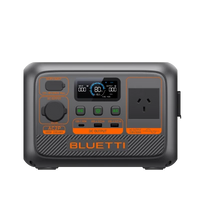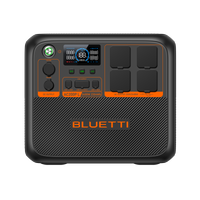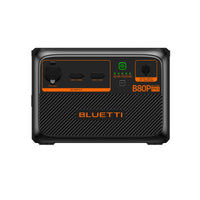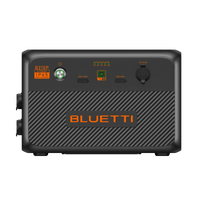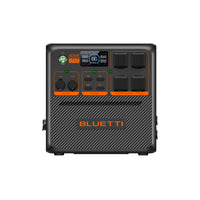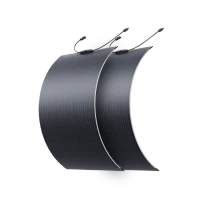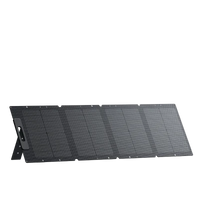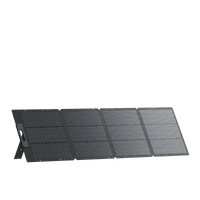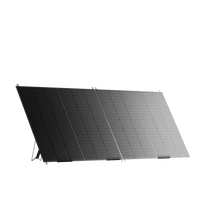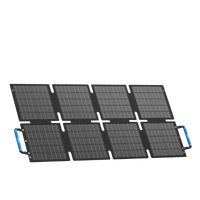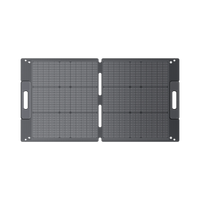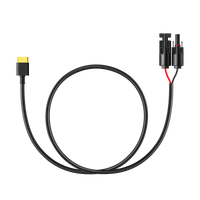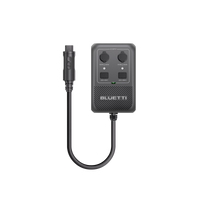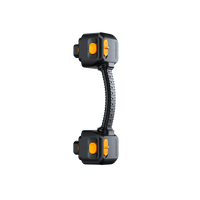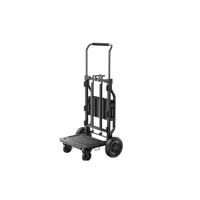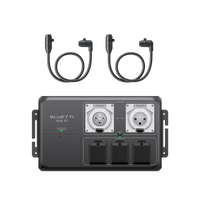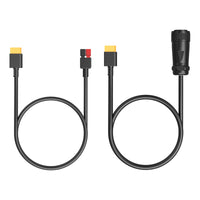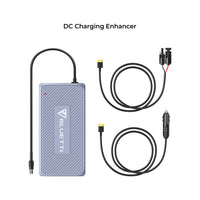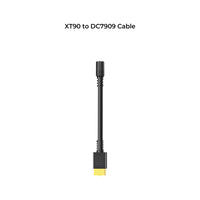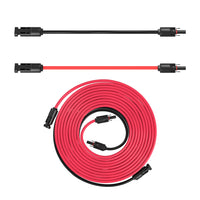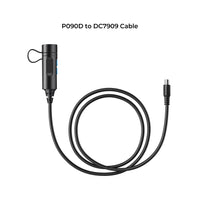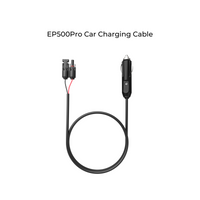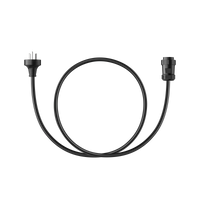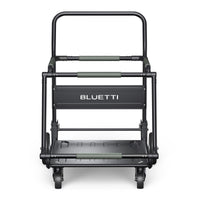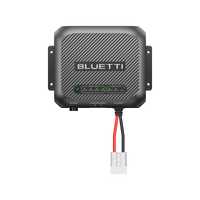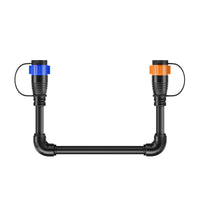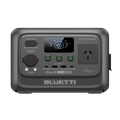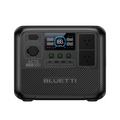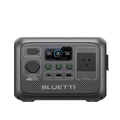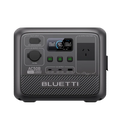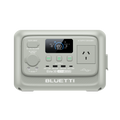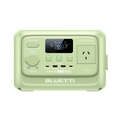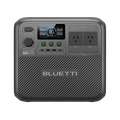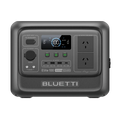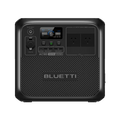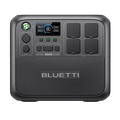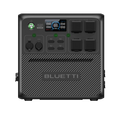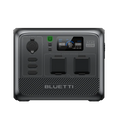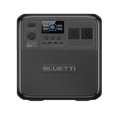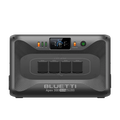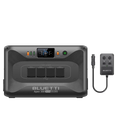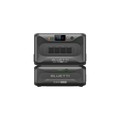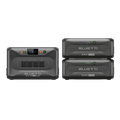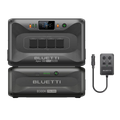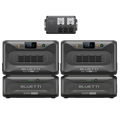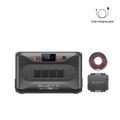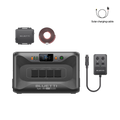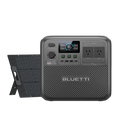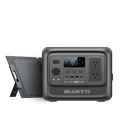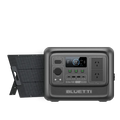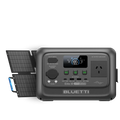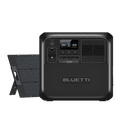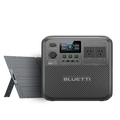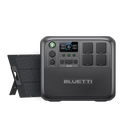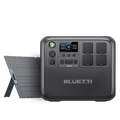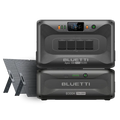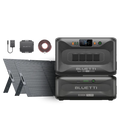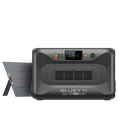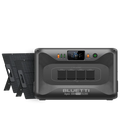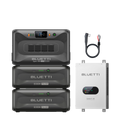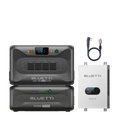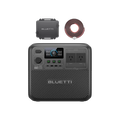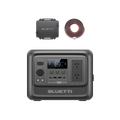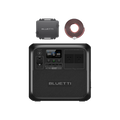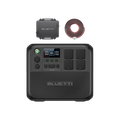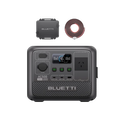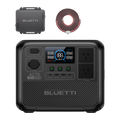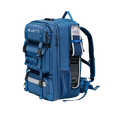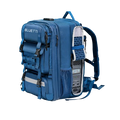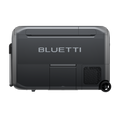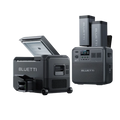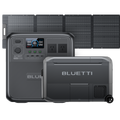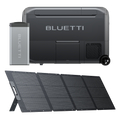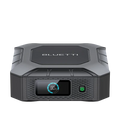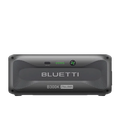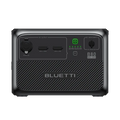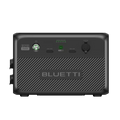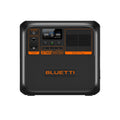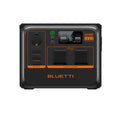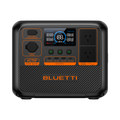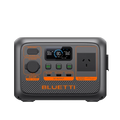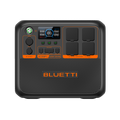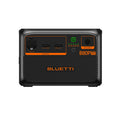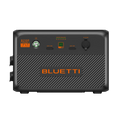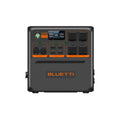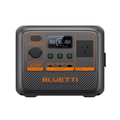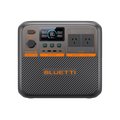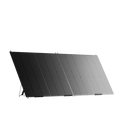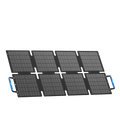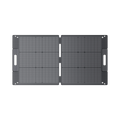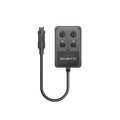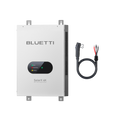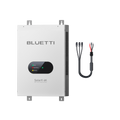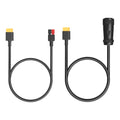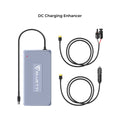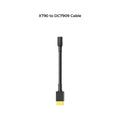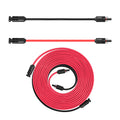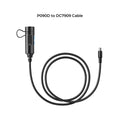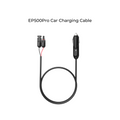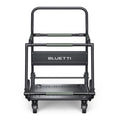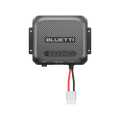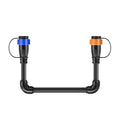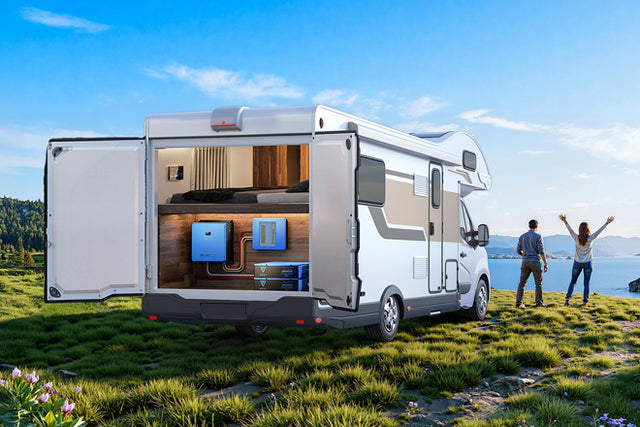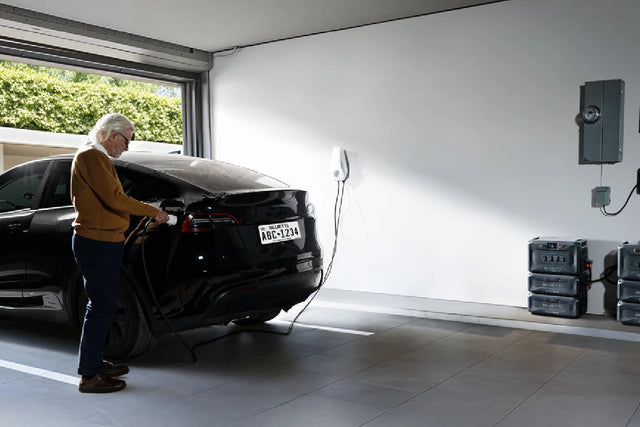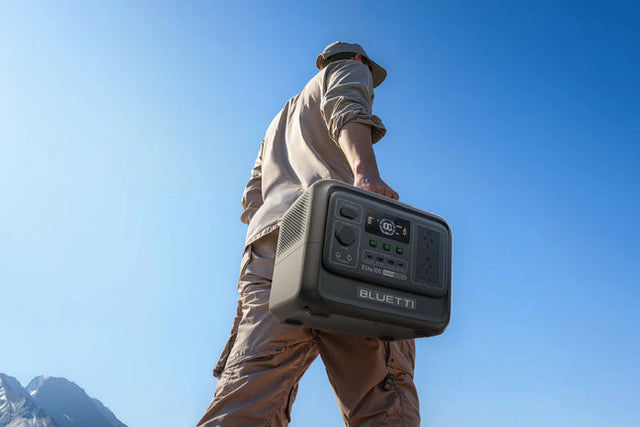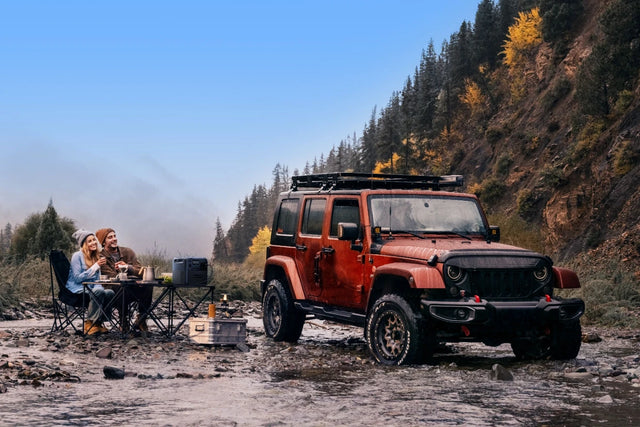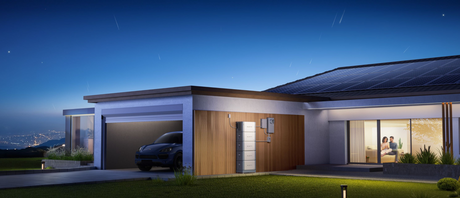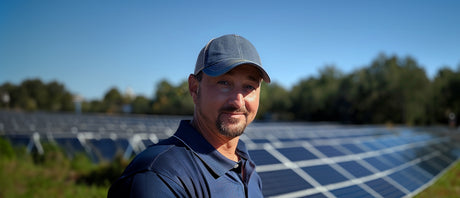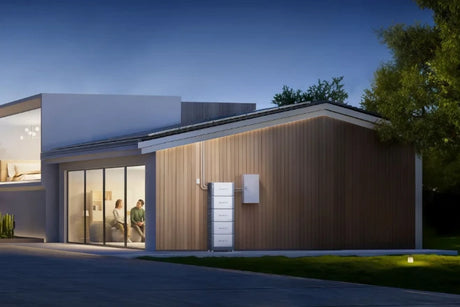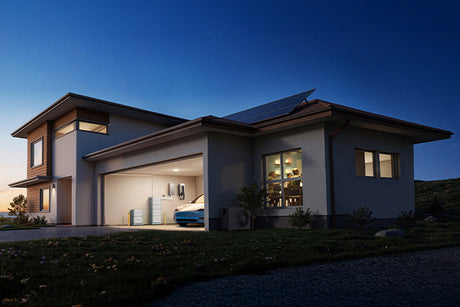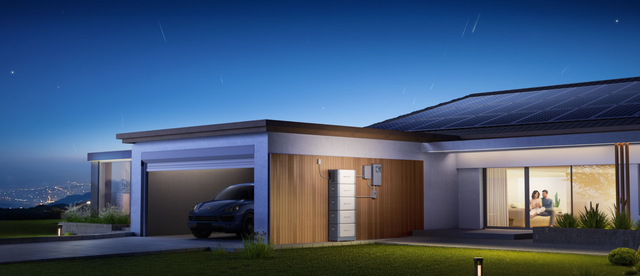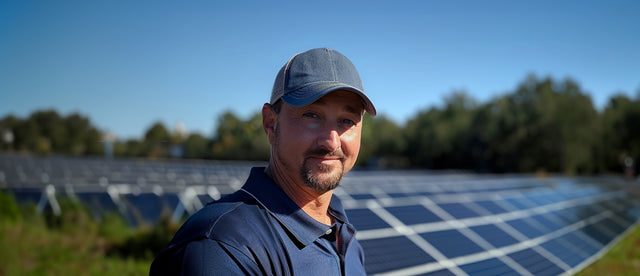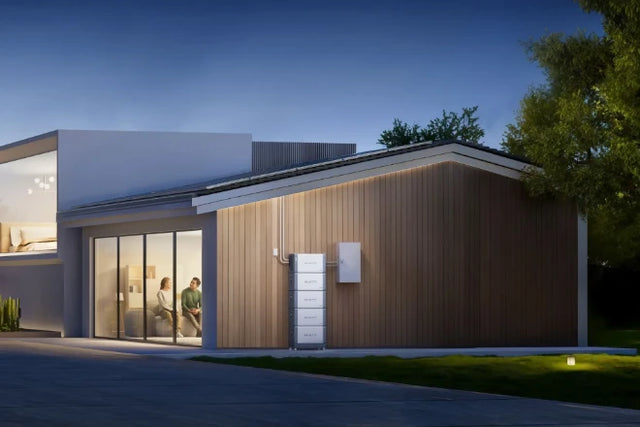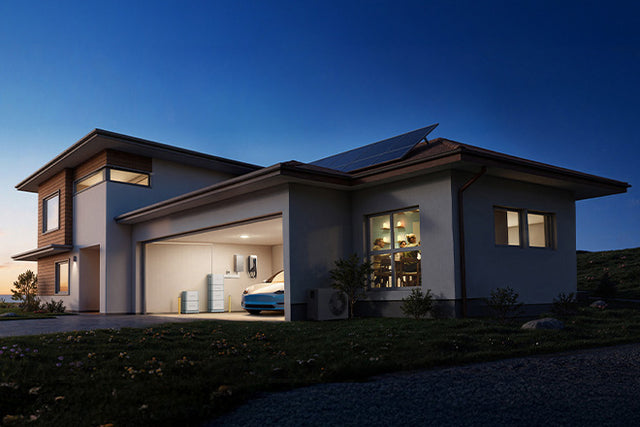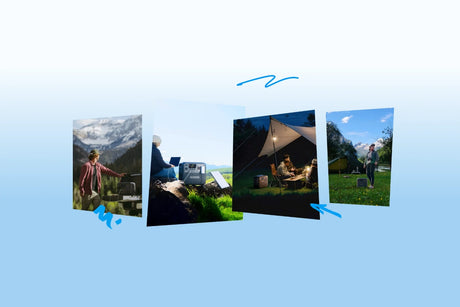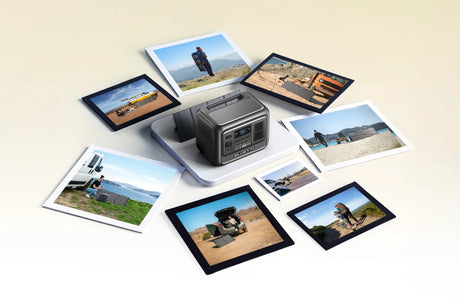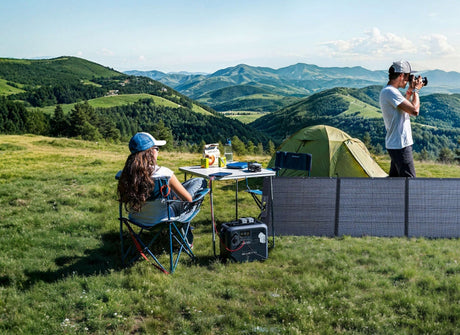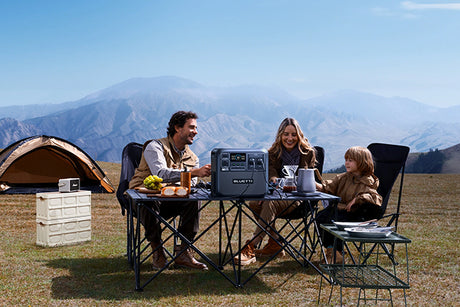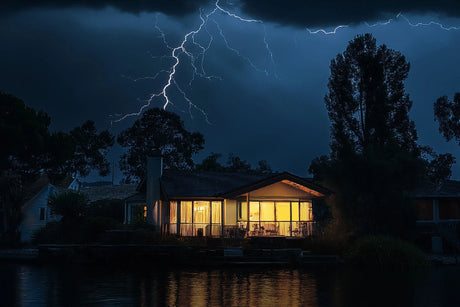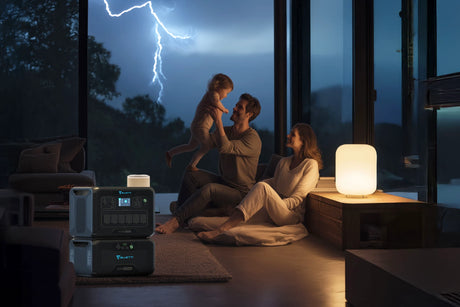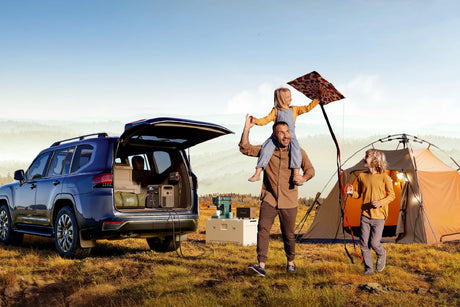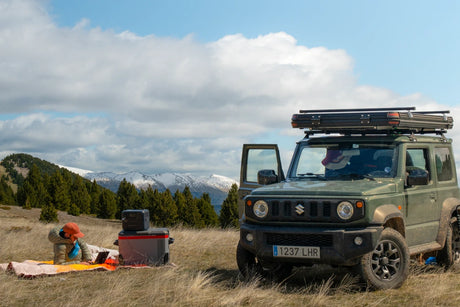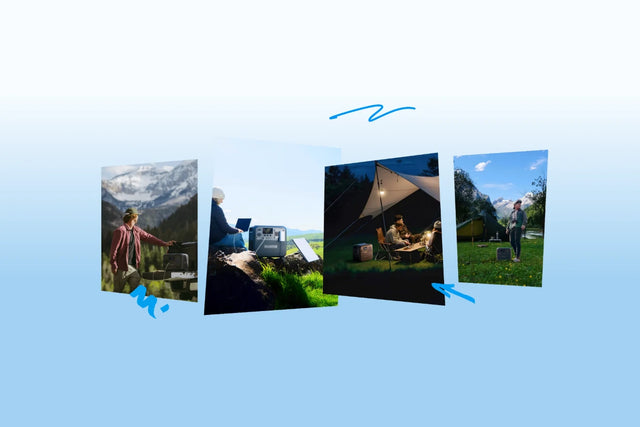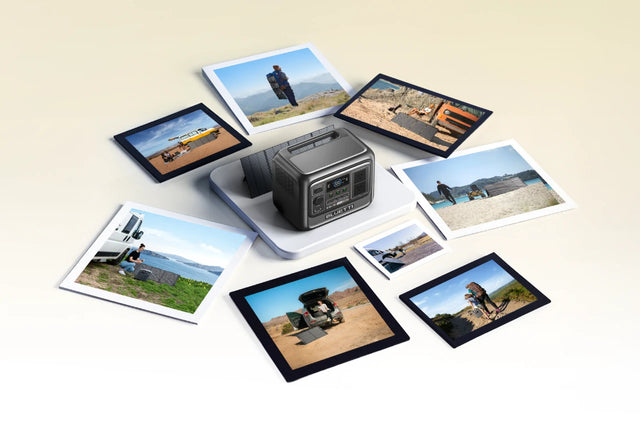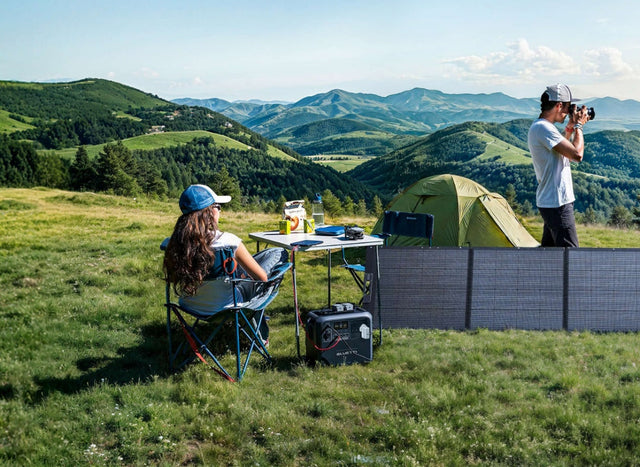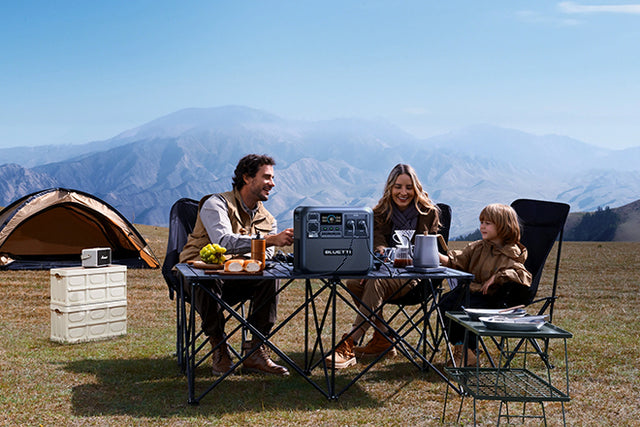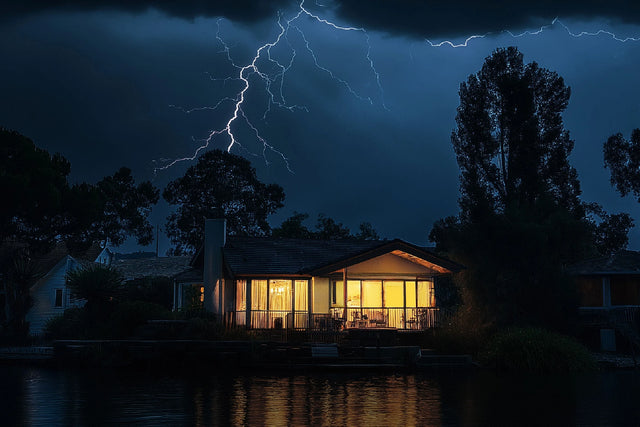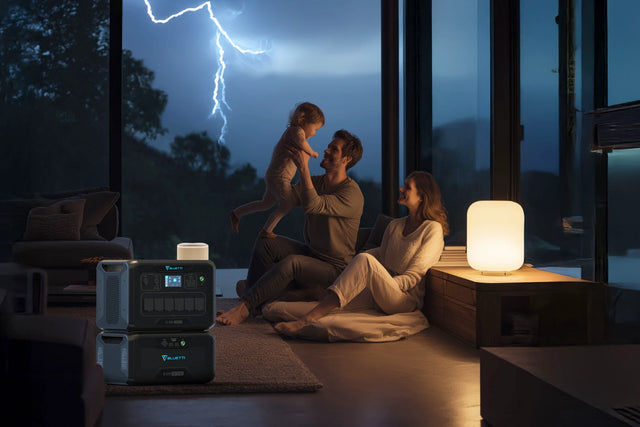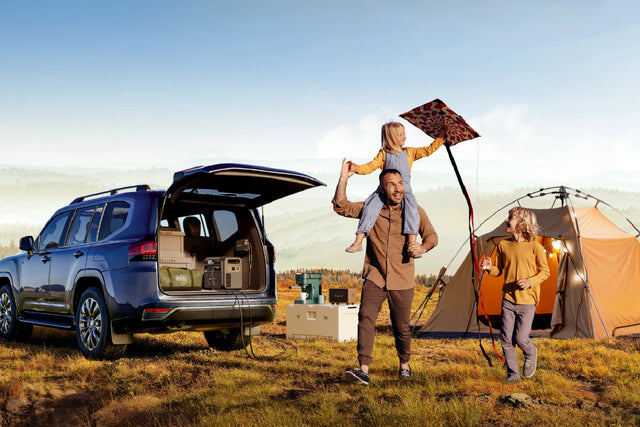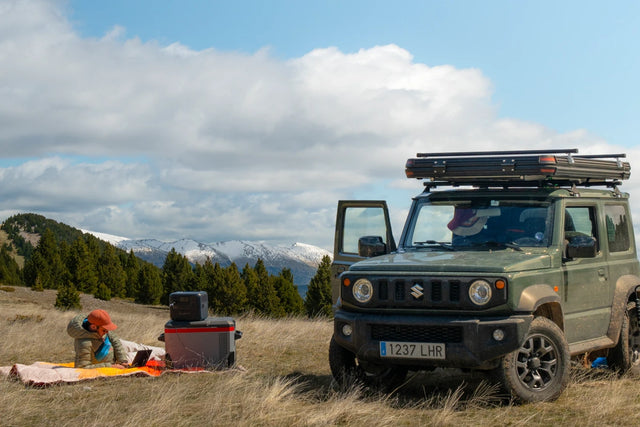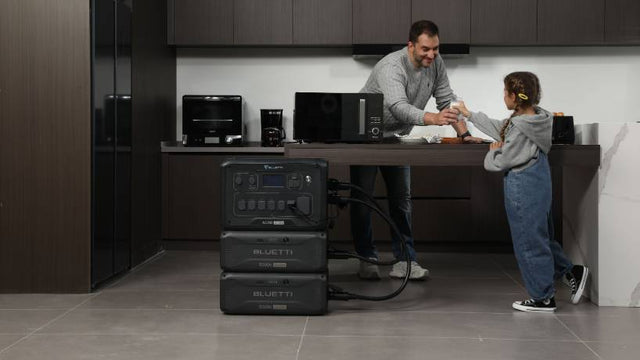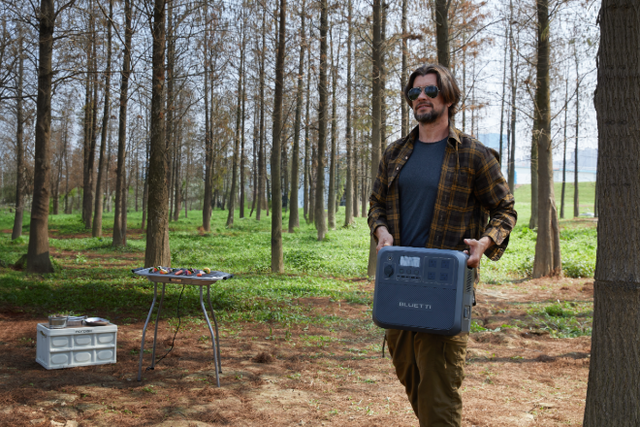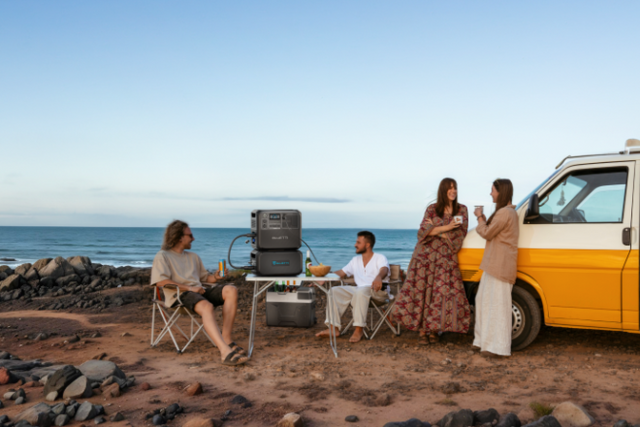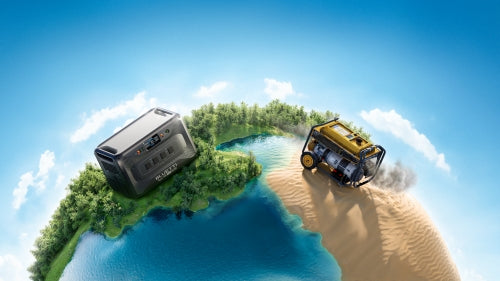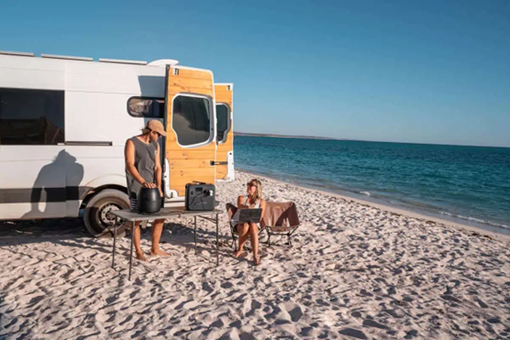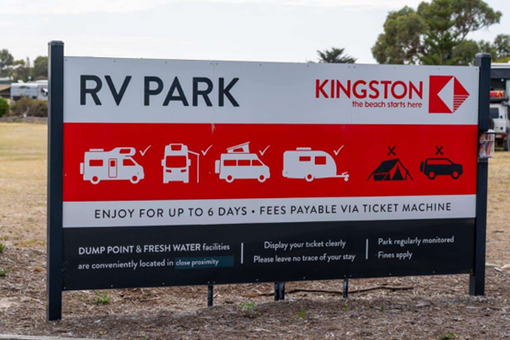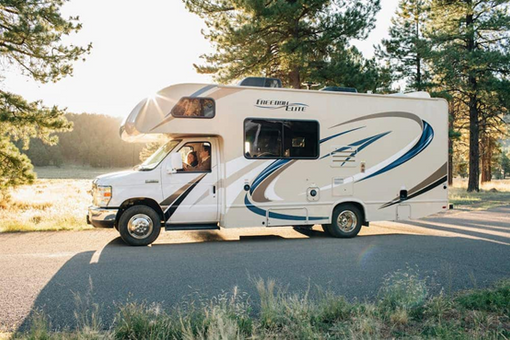Camping at Uluru is not pitching a tent in the desert; it is being part of that massive expanse where everything glows red, and the night sky tells older stories than memory itself. For someone heading to Australia's Red Centre, this could possibly be the most immersive, inexpensive, and unforgettable experience out there. Let's consider the essentials every traveller should know.
Camping in the desert is not the same as camping in the rest of Australia's cooler coastal or forest areas. This means for Uluru, you need to prepare for extremes, respect the culture, and find that happy middle ground between rugged adventure and safe planning. Here is all you will need to know before rolling out at Uluru.
Best Period to Camp
Camping at Uluru has nothing to do with a date on the calendar; it can make an unforgettable difference in the experience itself. You have to plan according to weather conditions. Here are a few options on the basis of seasons:
April to September - The Golden Period
It is the golden season for camping in the Red Centre. Daytime temperatures go around 20-25°C, making all activities such as hiking, exploring, and tent setup bearable. Nights might be a little cool, but with a campfire (where allowed) or snuggling in your blankets, it's the highlight of the evening. Clear skies during this period will also show excellent stargazing: on a crisp winter night, the Milky Way appears so close you feel as though you could almost reach out and touch it.
October to March - The Bitter Season
Never take a Central Australian summer for granted. Daytime temperatures soar above forty degrees, and a bit of relief may not come some nights. There may be some warnings not to camp during this period, as there is a high risk of death due to dehydration, so make sure to carry at least five litres of water, while looking for a possible place to create shade. The only time you can actually talk about hiking is at sunrise or sunset. It is not that camping cannot be done; it is just not meant for the faint-hearted!
Peak Season versus Quiet Season
Another angle to take into account is crowds. The cooler months, particularly June to August, have the highest number of visitors, and consequently, campsites are full and lines are longer at Ayers Rock Campground. In April/May or September, you can balance out pleasant weather and fewer crowds. Summer will be hot, but the campgrounds will be less busy, and there will be more availability, but only for the avid travellers.

Why Camp Here & How Long to Stay
Uluru is more than a sight; it is an atmosphere. For example, it puts the camping experience right in there, with the crackle of the desert at night, skies heavy with stars, and sunrises that unveil the transformation of rock from purple to orange in front of your eyes.
The longer the stay, the more sculpted the whole of your trip becomes. A couple of nights should give you sunrise, sunset, and a base walk. Stretch it to three or four nights and add Kata Tjuta and cultural tours. Stay longer, five nights or more, and you are ready to take on Kings Canyon or even the whole Red Centre loop.
Legal and Practical Camping Spots
Unfortunately, you can't just drop your camps anywhere in Uluru. Camping within Uluru-Kata Tjuta National Park is prohibited. Roadside camping is illegal as well. But don't panic; there are alternatives.
Ayers Rock Campground, right next to the Yulara resort, is the top choice. Powered and unpowered sites have good facilities; it's also the only legal base near Uluru. Out on the wider reaches, Curtin Springs Station has old-style charm and budget options, often even free when the early bird gets it. Alternatively, skip the stress of bringing all this camping gear and instead join a guided camping tour from Alice Springs or Yulara.
Booking Tips & Costs
Money-wise, timing is everything in regard to camping at Uluru. Unlike other destinations where you could plan months ahead, the Red Centre has its own rules. A good knowledge of how the bookings work, or do not work, could save you a lot of hassle once you finally get there.
Ayers Rock Campground – First-Come, First-Served
The Ayers Rock Campground is the closest and most convenient option, but here's a catch: you might find it a bit frustrating; you cannot book your site in advance. The entire system works on first-come, first-served terms. So, in case you come late in the day, especially during the busy season, you would be out of luck. Therefore, many travelers get there in the morning, securing their spots first and then off to their day's sightseeing. Yes, prices are higher when compared with typical Aussie campgrounds, but considering any nearby hotels, prices are way more budget-friendly.

Curtin Springs – Reserve or Roll the Dice
Curtin Springs offers a bit more flexibility on a first-come, first-served basis. If you are good with the basics, unpowered camping can actually be free. Just show up early and grab a spot. If you want the security of a powered site, you can listen to your gut. And make reservations at a cheap price. If you are not as lucky to get a spot at Ayers Rock Campground, then Curtin Springs is a good alternative for advance booking. The only downside is an hour's drive to the park gates.
Camping Tour Packages – Pay for Convenience
Visitors mostly do not want to construct their tents or prepare food and gear. Structured camping tours provide a wonderful, hassle-free vacation. These tours, which can be anything from a 2-4 day journey usually starting from Alice Springs or Yulara, will include swags or tents, meals, transfers, and experienced guides who know the land. Obviously, their charges are high: from a few hundred dollars per individual. No doubt these tours are expensive, but absolutely worry-free and rewarding in many ways.
What to Pack
Packing for the Red Centre presents one of the most important situations between comfort and survival. Here is how to prepare.
Basic Camping Stuff
That is everything to include in packing for camping - either a tent or swag, good sleeping bags and/or bedding and some cooking equipment. A light stove gas burner would make cooking so much easier, while reusable utensils will do wonders with cold boxes and save you from the expenses involved with resort food.
Essential Desert Camping Equipment
Outback is no ordinary campsite; it's really extreme.
- First and foremost: water plan; 4-5 litres per person per day, and even more in the vehicle.
- Sun protection: sunscreen, a good broad-brimmed hat, sunglasses, breathable, long-sleeved clothes, and also insect repellent during the summer because those flies can drive you nuts.
- Then, between June and August, nights can have temperatures below zero. There are warm thermal layers, plus a jumper, to cater for these nights.
More Comfort and Adventure Gear
After that, when you've considered the most basic needs in your backpack, consider adding those things that add a little comfort or can improve the experience. A tripod would be perfect for shooting that picture of a lifetime, as the colours change on Uluru, or for long-exposure star shots. Get those binoculars or even a small telescope on the list. The foldable camp chairs, tarp (for shade) and even solar shower bag could really help turn your campsite into a home base, rather than just a stopover.
Power Options for the Outback
You never know when you are going to be able to power up the essentials; actually, you would need power while camping for items like phones, cameras, and portable fridges. For that particular reason, having power stations, especially those under the BLUETTI range, is quite handy since they are meant to be utilised in off-grid travels.
BLUETTI Apex 300
The BLUETTI Apex 300 is small and powerful for just a bit of off-road travel. Perfect for smaller power needs by a traveller, it will recharge the batteries of cameras, phones, lights and even small appliances with the Hub D1 DC Output Hub. Small enough not to take up much bulk in your vehicle, this rugged camping hookup travels well. Balancing both portability and practical use, it suits most campers just fine.
BLUETTI Elite 100 V2
For long periods, or tech-packers on the go, that is the BLUETTI Elite 100 V2, larger in power. It enables multiple devices to run simultaneously; laptops, drones and, for a starlit film night, a projector that can be put anywhere. That's a big win for digital nomads, content creators, and even families that just want peace of mind that they won't run low on power in the middle of a desert. It's definitely bulkier than the Apex 300, but without a doubt, it will offer reliability.

Camping Resorts & Deluxe Options
Camping/accommodation in and around Uluru is not just a bed for a night's rest; it is an experience to be chosen about. Some places are family-oriented, with all the amenities of pools and stores, while others go for the very raw and difficult vibe. Then, of course, there are some resorts where you watch the rock glow at sunset while sipping wine from a glass. We have made a list of ten options. Let’s explore.
Ayers Rock Campground (Ayers Rock Resort, Yulara)
Ayers Rock Campground is considered the most favoured option. Located at the Ayers Rock Resort at Yulara, an easy 20 kilometres from the gates of Uluru, it offers a wide range of amenities. For example, it is also the closest legitimate camping right into the park with powered and unpowered sites, cabins, shared kitchens, barbecue areas, pools, even Wi-Fi, and a supermarket. Campsites here are booked on a 'first-come, first-served' basis, so getting up there early is important, especially during the peak season. The greatest drawback? It tends to feel packed during the busy months.
Curtin Springs Station
If looking for a more rustic experience, consider heading directly east for about 90 kilometres along the Lasseter Highway to Curtin Springs Station. The station and budget camping spot has some powered and unpowered sites, showers, a small store, a fuel station, and an exceedingly atmospheric bar. If you show up early, an unpowered spot is almost free, while reservations for powered ones cost a dime. Most ideal for budget travellers and road trippers looking to have the real feel of outback vibes. Distance is the only downside. It’s about an hour's drive from here to get to Uluru.

Kings Canyon Resort Campground
Kings Canyon Resort Campground seems like a logical place to camp if you want to dive deeper into the Red Centre. This campground offers good powered and unpowered sites, a cabin, BBQs, Laundry, a bar, and a pool. Average rates can be booked online. The best option for explorers of the Kings Canyon Rim Walk, though less favourable if you were just heading to Uluru.
Discovery Parks - Alice Springs
Discovery Parks is one of the best options heading to or from Alice Springs. Centrally situated and about five hours' drive away from Uluru, it offers pools and lots of other facilities, including cabins, powered sites, kitchens, and Wi-Fi. Prices move with the season, and bookings can most readily be made online. With some modern comforts available for families or travellers on their way to a remote area, it serves them fairly well. The big bummer? Way too far away for normal day trips to Uluru.
Longitude 131
At the other end of the spectrum lies the most famous luxury lodge called Longitude 131. It offers glass-fronted eco-tents with a 360-degree view of Uluru, gourmet dining, blissful plunge pools, and curated cultural tours. Pre-bookings are required, and the prices are simply excruciating. Without a doubt, this place is the best for luxury seekers and honeymooners. The only downside is that it provides mind-blowing experiences. But it is more like luxury glamping than camping, and not at all for the budget-conscious.
Outback Pioneer Hotel
Outback Pioneer Hotel & Lodge is also located within Ayers Rock Resort. It provides dormitory accommodation for budget travellers, lodge-type rooms, and some mid-priced hotel rooms with shared kitchen facilities, BBQ areas, and a lively bar scene. Prices vary with types of accommodation, and the whole setup is ready for online booking. Great for backpackers or other social travellers in a group setting, but the trade-off is noise and loss of privacy.
Desert Gardens Hotel
For those who want something a bit more swish without going whole hog in the luxury realm, Desert Gardens Hotel is usually the choice. It comes complete with a pool, restaurants, and bar, referenced with style and comfort in rooms that are probably priced just above camping, but are still well below the luxury tier. This option tends to be favoured by couples, striking a balance between comfort and cost. Its downside is that it lacks that rugged outback feel that travellers search for.

Emu Walk Apartments
Situated centrally in Yulara, Emu Walk self-contained apartments come with the luxury of kitchens and multiple bedrooms, a rarity in the area. Price-wise, they fall into the mid-to-high range, but sharing costs across a family or group can make it economical. Best suited for those wanting to self-cater. These apartments do not really deliver a whole lot in the way of ambience when compared to some of the more uniquely styled stays.
Lasseters Eco Tent Resort (Alice Springs)
Lasseters Eco Tent Resort, where luxurious safari-style tents blend with sustainability features, is located in Alice Springs; however, it is not devoid of glamour and chic, but it has a pool, restaurant, and bar, five hours away from Uluru. Online booking is possible, with prices that are above basic camping but below high luxury lodges. It will be for eco-minded travellers travelling through Alice Springs, but it does not really make sense for day trips to Uluru itself.
Glamping with SEIT Cultural Tours
The cultural tours conducted by SEIT and glamping are good Yulara options since glamping with SEIT Cultural Tours is more exclusive. On this side, luxury tents are paired with Anangu-led cultural experiences. Quite expensive, packages must be pre-booked: a sophisticated blend of comfort and authenticity. It suits the traveller interested in culture, but prices and availability are limiting factors.
Final Thoughts
Camping at Uluru is truly a matter of choice: do you want comfort and facilities, or do you crave an experience that is rustic and authentic? The Red Centre caters well to provide both experiences.
Plan on spending a minimum of 2 nights; if workable, make it 3 or 4! Book early, pack simply, and respect the land. For once you are witnessing Uluru glow in the desert silence under the Milky Way, you are bound to believe that this place is truly the spiritual heart of Australia.
